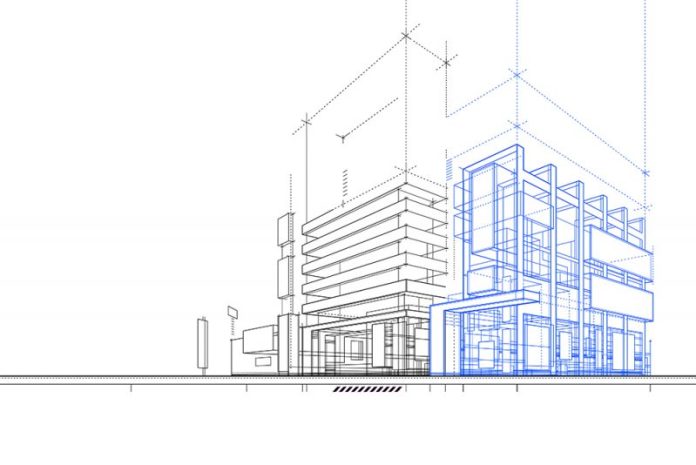“Speed to Market: Life Sciences Buildings” draws on expert knowledge to demystify the intricacies of building in the science sector after identifying knowledge gaps for developers.
Sustainable design and engineering consultancy Ramboll has launched its Speed to Market: Life Sciences Buildings whitepaper, arming developers with the specific requirements and knowledge for designing and constructing life sciences buildings.
With the UK Government prioritising funding in the life sciences sector as part of its ambition to make the country a “Science Superpower” by 2030, the market for specialist buildings is set to grow rapidly, making now the right time for development. However, the specific requirements for these specialist buildings can make the market challenging, particularly for newcomers.
Against this background, the whitepaper sets out the key principles and priorities for design and construction of life sciences buildings to help avoid potentially costly errors. These include:
Key location characteristics and types of spaces.
How to ensure flexibility and help futureproof laboratories.
Standardisation of laboratory design brief and construction methods.
Regulation to be aware of.
Learnings to be taken from other sectors.
Produced in collaboration with Wates Group, a UK construction, property services and development company, the whitepaper helps demystify the complexity of life sciences facilities and provides key guidance for developers – drawing on both companies’ extensive experience in designing and constructing science buildings, such as the University of Oxford Life and Mind Building the Quadram Institute at Norwich Research Park, and the Basingstoke Pathology Laboratory.
Co-author Rebecca Mortimore, UK Science Sector Co-Lead at Ramboll, said: “With the current focus on development within the life sciences sector, speed to market is becoming a critical factor for developers, particularly for new entrants who may not be familiar with life sciences’ requirements. However, it also provides a major market opportunity for those who are ready to tackle the challenge and this whitepaper is designed to provide a roadmap for those looking to do that.
“We know that constructing science buildings can be a complex process, so our whitepaper helps simplify the life sciences sector’s language and rules, so that developers understand how to get the design and construction right, first time.”
Jamie Young, Principal Design Manager at Wates, co-author added:
“As an organisation which has been involved in the life sciences sector for many years, we’re keen to share the knowledge we’ve gained working on landmark projects across the country, to help more developers come into the market. We understand that it can be very daunting for potential new players to get involved, given the huge investment which can be required.
“If the UK is to realise its ambition of becoming a science superpower, we need to be getting the most talented people developing the assets we’re going to need. The buildings we design now are going to be defining the future of science not just in the UK but across the world. We hope this whitepaper will go some way to bringing more talented, and creative people into our sector.”

















